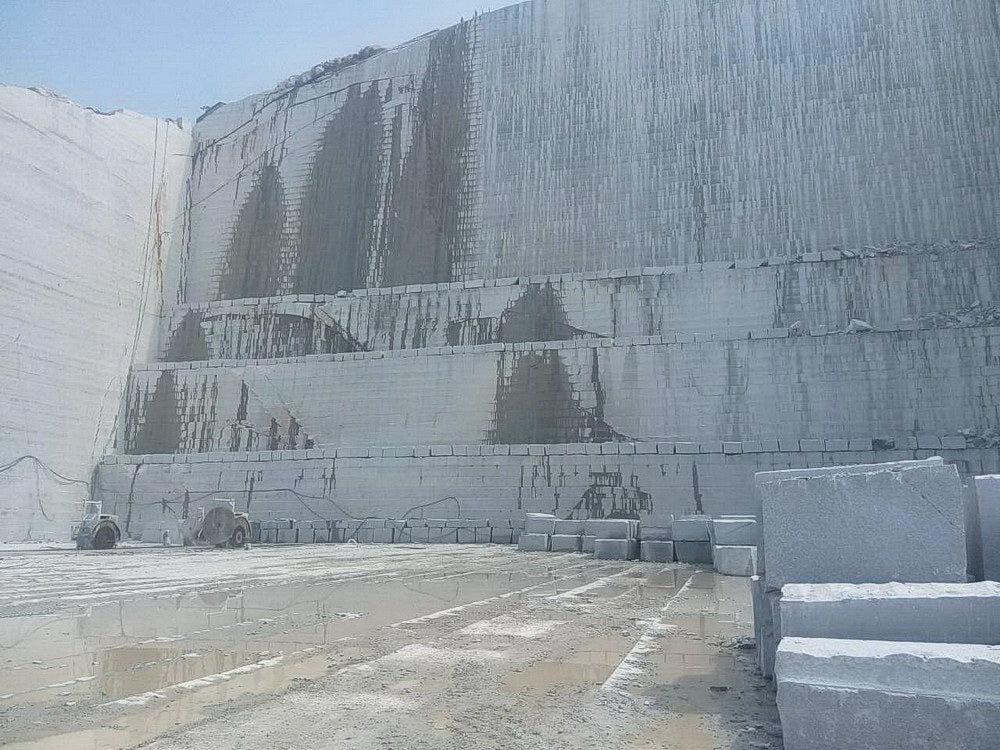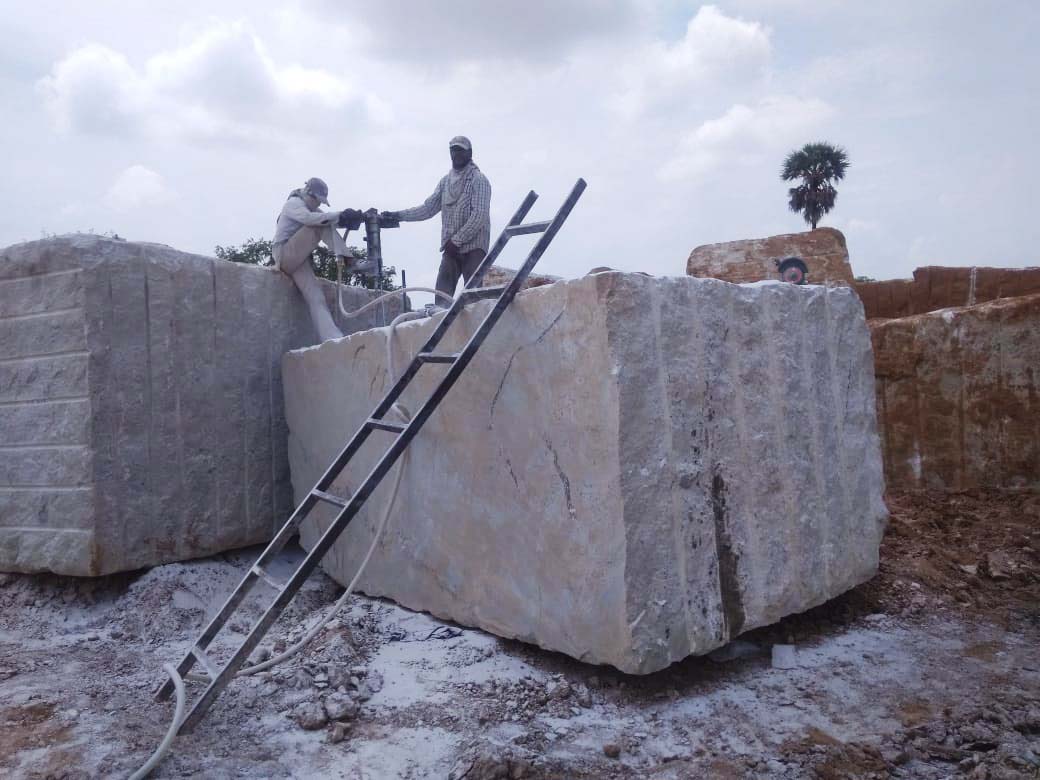A Trip Through Granite Quarries in South Africa: Unveiling Nature's Creativity
A Trip Through Granite Quarries in South Africa: Unveiling Nature's Creativity
Blog Article
Unearthing the Rich Background and Sustainable Practices of Granite Quarrying
As we stand on the precipice of uncovering the complex tapestry of granite quarrying, a journey via time reveals not just the physical act of extracting stone however additionally the social and historical relevance woven into the very material of this technique. From the ancient origins that laid the structure for contemporary quarrying strategies to the lasting practices that are forming the future of this sector, each sculpt mark on granite surface areas narrates waiting to be discovered (granite quarries in south africa). The heritage of granite quarrying extends far beyond plain extraction; it is a testimony to human resourcefulness, resilience, and the enduring allure of this magnificent rock
Ancient Origins of Granite Quarrying
Dating back to ancient human beings, the method of quarrying granite has been an essential part of human history and architectural innovation. The earliest evidence of granite quarrying go back to ancient Egypt, where huge pyramids and elaborate sculptures were crafted from this sturdy rock. The Egyptians used primitive devices to extract granite blocks from quarries, showcasing the importance of this product in their monumental buildings.
Moving on in history, the Greeks also made substantial payments to the quarrying of granite. The Greeks made use of granite in different architectural wonders, such as temples and statues, demonstrating their ability in shaping and carving this hardy rock. The Romans additionally fine-tuned the techniques of quarrying granite, utilizing advanced devices like knives and hammers to extract and form granite for their iconic frameworks.
Via the centuries, the technique of quarrying granite has actually developed, with modern innovations improving effectiveness while keeping the timeless appeal of this natural stone - granite quarries in south africa. From old human beings to contemporary home builders, the tradition of granite quarrying remains to shape our world
Evolution of Quarrying Methods
The development of quarrying methods has been marked by a continuous development in the direction of better effectiveness and accuracy in extracting granite. From the primary methods used by our ancestors to the innovative technologies made use of in modern quarrying operations, the market has actually undergone considerable developments. Early quarrying strategies involved hands-on labor with basic tools such as chisels, hammers, and wedges to extract granite blocks from the earth. As civilizations proceeded, strategies like fire-setting and primitive nitroglycerins were introduced to facilitate the extraction process.
In more recent times, the development of machinery transformed the quarrying market, enabling much faster extraction prices and enhanced efficiency. Technologies such as diamond cable saws, high-pressure water jets, and pneumatic drills have actually become conventional in modern quarries, enabling exact cutting and decreased waste. Innovations in computer-controlled tools and 3D modeling have optimized quarrying operations, leading to minimal you could try this out environmental effect and improved sustainability techniques. As the need for granite remains to rise, the development of quarrying methods remains integral to conference market requires successfully and sustainably.
Social Value of Granite
Granite holds a profound cultural relevance across numerous people due to its enduring presence in building work of arts and prized monuments. From the magnificent pyramids of Egypt to the elaborate makings of the Angkor Wat holy place in Cambodia, granite has been a product of choice for expressing majesty and durability in cultural heritage. In ancient Rome, granite columns decorated holy places and public buildings, representing stamina and permanence. The cultural value of granite expands past its physical features; it symbolizes durability, security, and eternity, making it an icon of enduring traditions and practices.

Sustainable Practices in Quarrying
Amidst the abundant history of granite quarrying and its cultural relevance lies a growing emphasis on sustainable methods within the market. As ecological recognition and issues concerning resource depletion have actually heightened internationally, the quarrying sector has significantly embraced lasting methods to lessen its effect on the environment and surrounding communities.

Additionally, reclamation and rehab of quarry sites post-extraction are essential to lasting methods. By bring back quarried locations to a natural or beneficial state, such as producing wildlife habitats or recreational spaces, quarriers can offset the ecological impact of their procedures and contribute favorably to click here for info the local ecological community.
Heritage of Granite Quarrying
With a historical background steeped in craftsmanship and industrial progress, what enduring impact has granite quarrying left on the landscape of modern-day culture? The tradition of granite quarrying goes beyond plain extraction techniques; it has shaped architectural marvels, metropolitan landscapes, and cultural heritage worldwide. The long lasting nature of granite has actually made it a favored choice for monoliths, buildings, and infrastructure, standing as a testimony to the ability and virtuosity of quarry employees throughout generations.
Moreover, the economic footprint of granite quarrying can not be like it ignored. The industry remains to provide job opportunity and drive local economic situations in areas where granite removal prevails. It has actually likewise stimulated technical developments in quarrying strategies and devices, leading to more efficient and sustainable methods.
In terms of sustainability, the heritage of granite quarrying consists of efforts to mitigate ecological effects with improvement tasks and liable resource administration. By stabilizing economic interests with environmental stewardship, the industry aims to ensure that future generations can remain to benefit from this long-lasting natural source.
Final Thought

Report this page